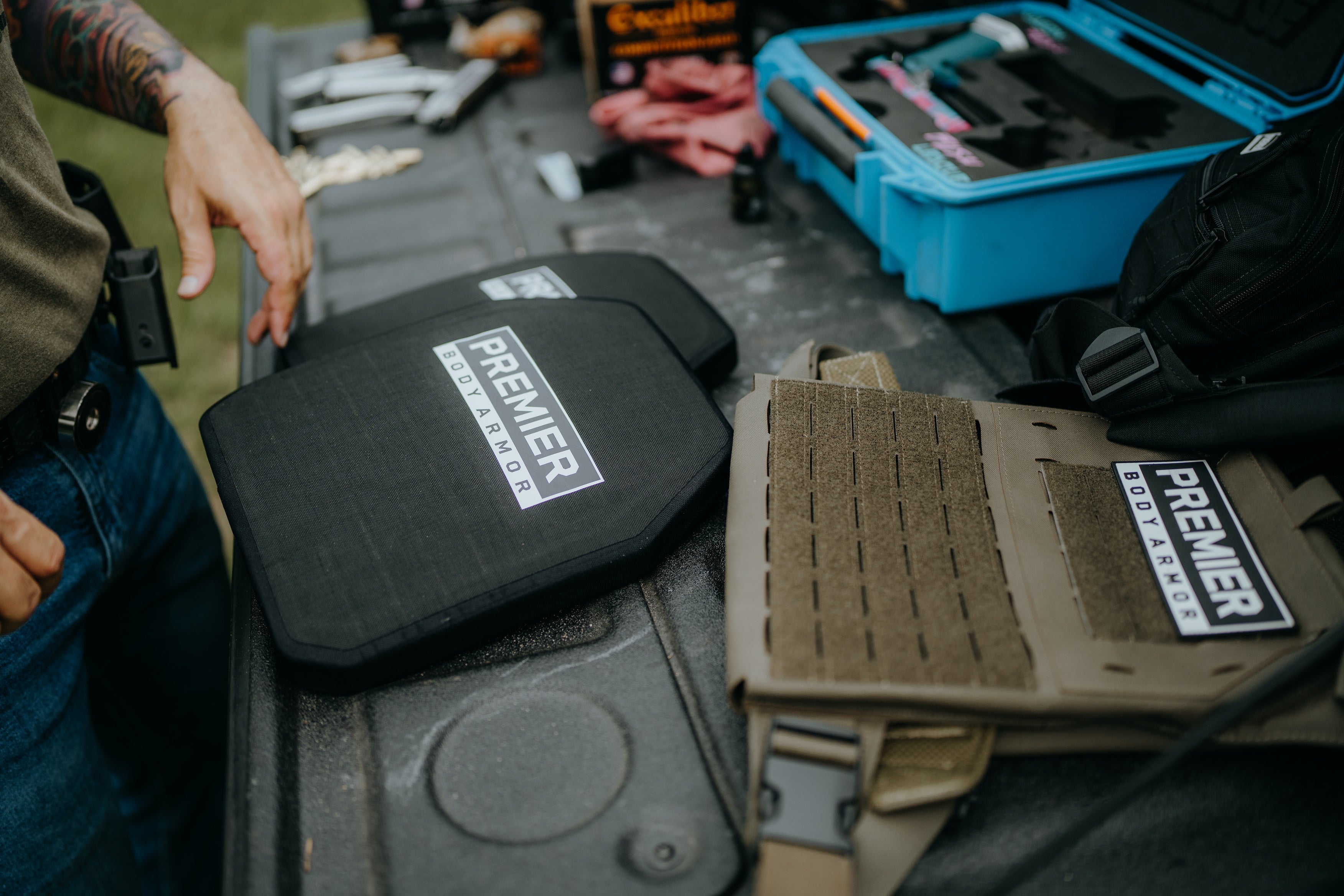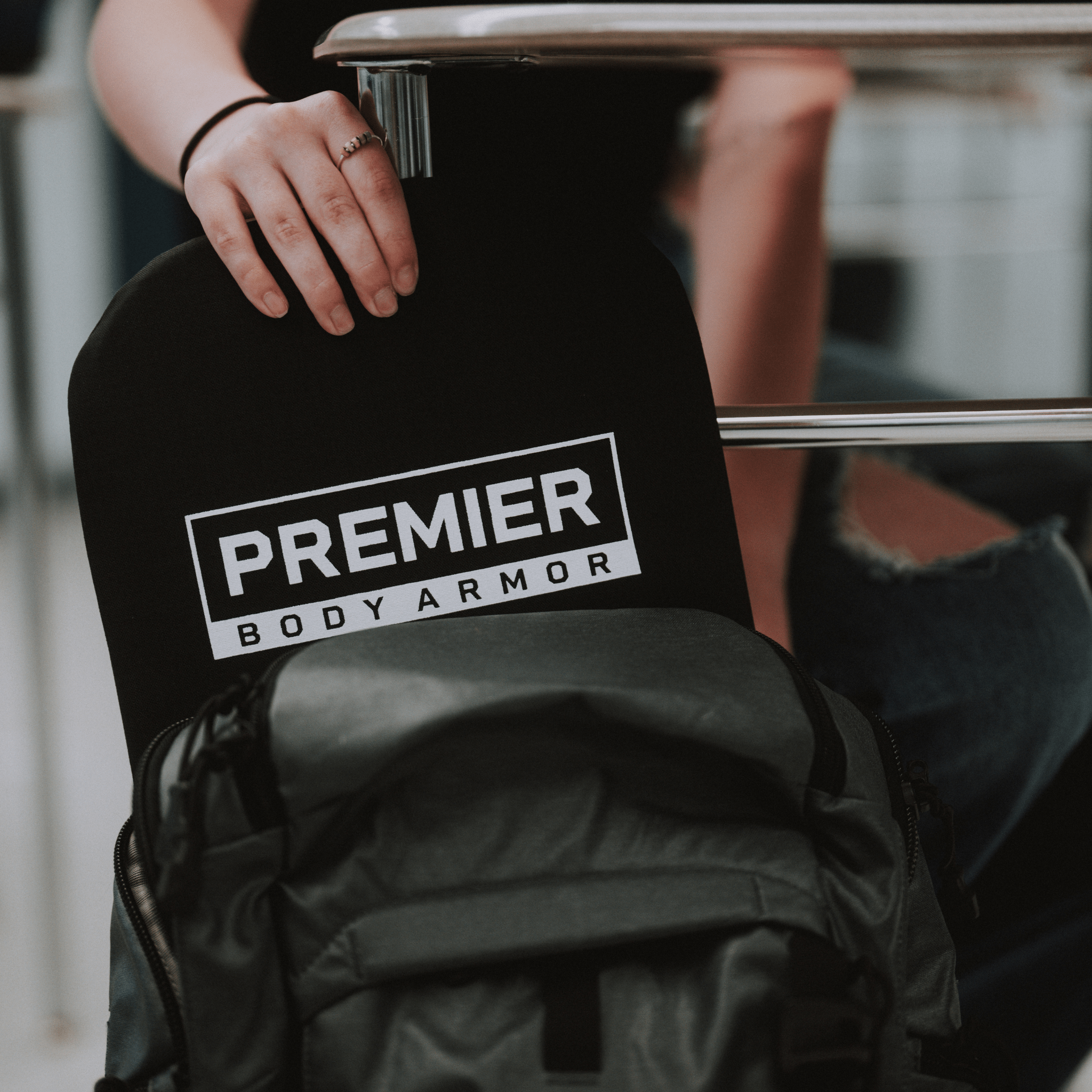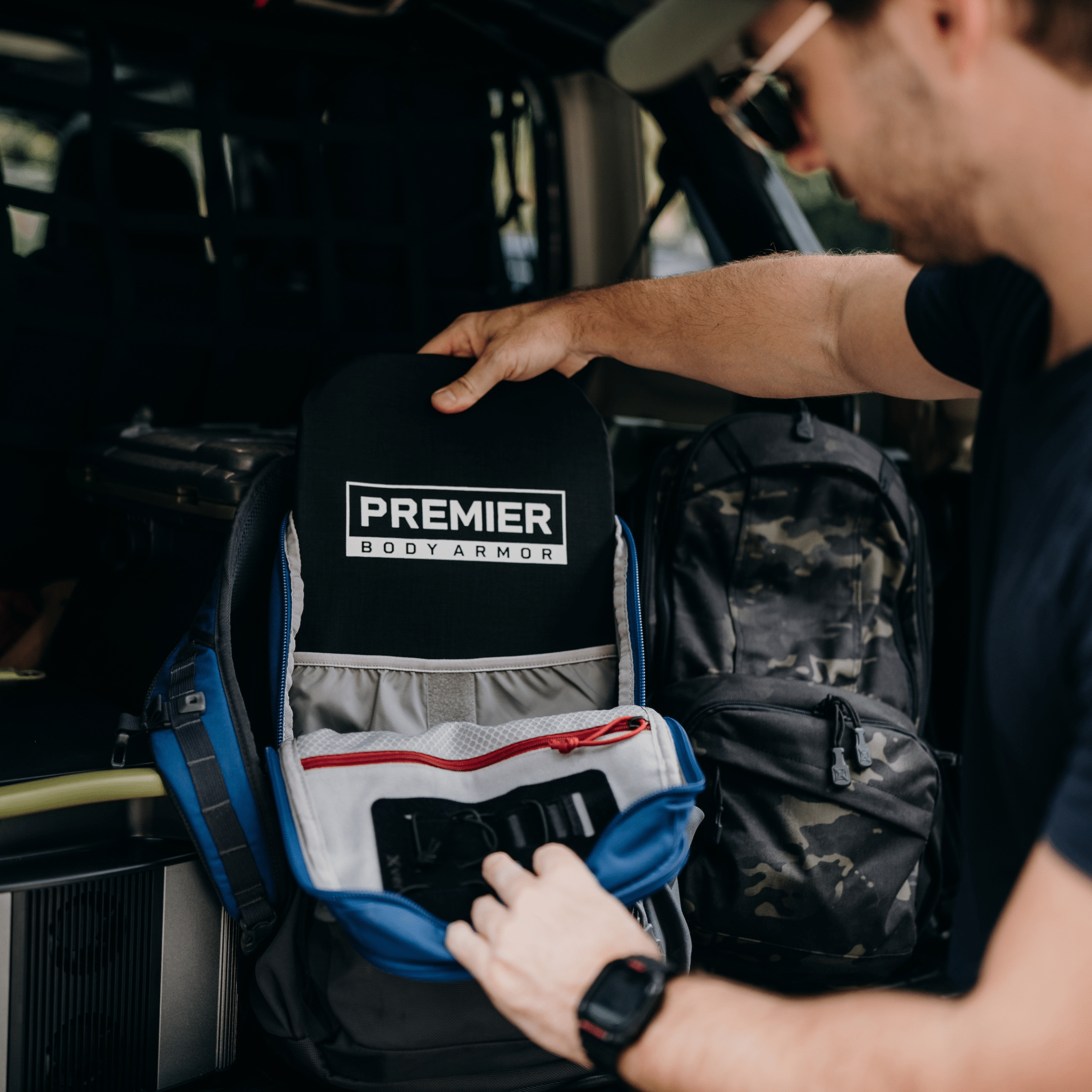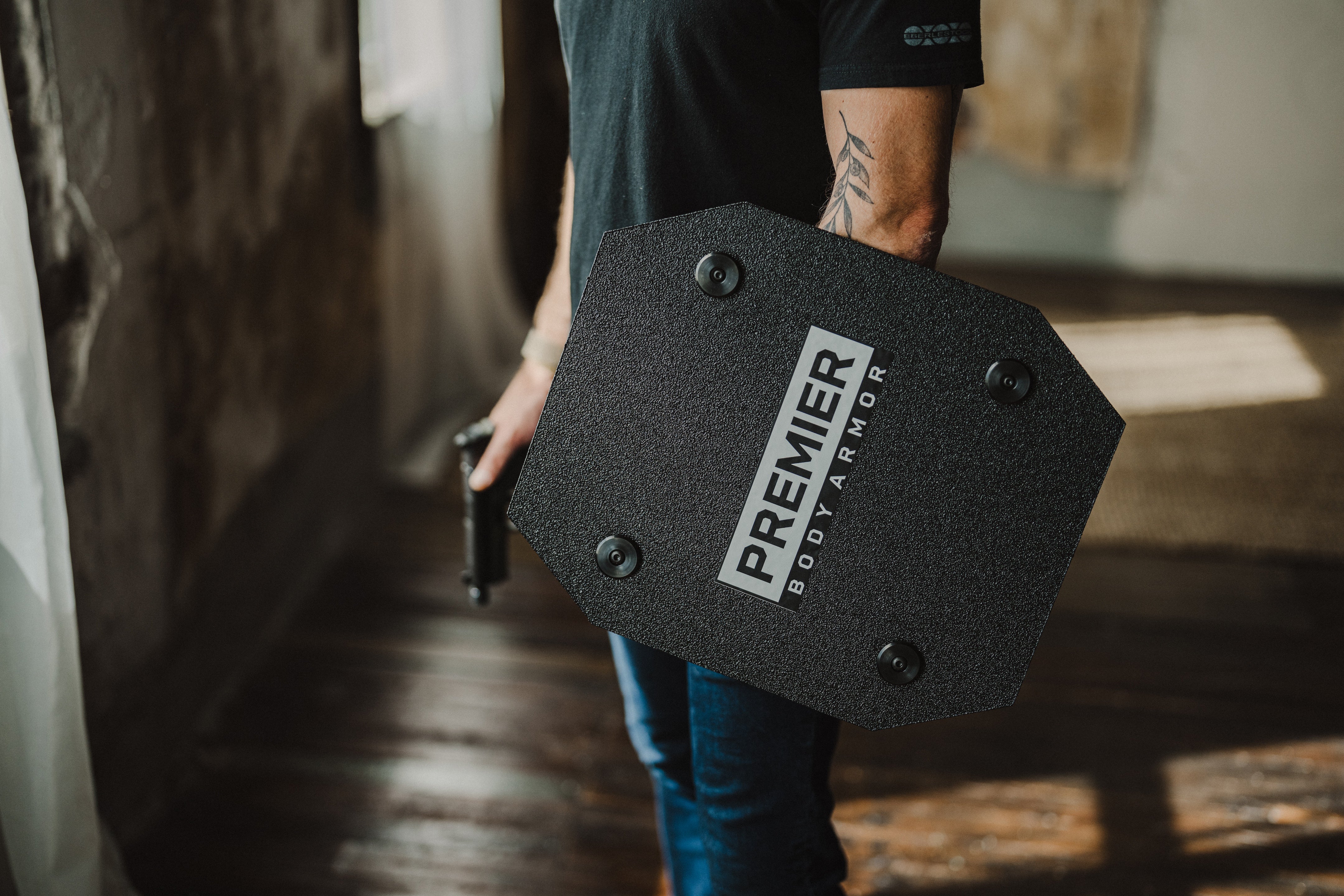How To Find the Best Bug Out Location
Introduction to Bug Out Locations
A bug out location is your designated safe haven when emergencies strike and staying home is no longer an option. Whether it's a natural disaster, civil unrest, or unexpected threats, having a well-planned bug out location ensures you’re prepared for anything.
Bug out location planning is critical, as crises often escalate quickly, leaving little time to choose where to go. The best bug out locations balance ease of access, proximity to essential survival resources like water and food, and legal considerations like avoiding trespassing issues.
This guide will walk you through the bug out location essentials to ensure you're ready when it’s time to go.
Defining a Bug Out Location
A bug out location is the place you go when it’s no longer safe to remain at home. It can be a remote cabin, a hidden spot in the wilderness, or even a temporary shelter. While it doesn’t have to be a fixed structure, it should be an area you’ve thoroughly researched and possibly prepared (subtly) to meet your survival needs.
Discretion is key. If your site could be stumbled upon by landowners, hikers, or even authorities, concealment measures are crucial. Keeping a bug out location hidden reduces the risk of unwanted attention and ensures you have a secure, safe place in times of crisis.
Key Aspects of Bug Out Locations
Selecting the right bug out location can mean the difference between survival and vulnerability. While it may be tempting to prioritize remote, uninhabited areas, legal considerations should be top of mind. Trespassing on private land could land you in trouble, especially before societal structures break down.
Beyond legalities, consider essential bug out location factors like:
- Self-sufficiency: Ensure access to clean water, food sources, and materials for shelter.
- Accessibility: The site should be reachable in emergencies without being easily discovered.
- Natural Protection: Choose locations safe from natural disasters like floods or wildfires.
By balancing legality with practicality, you’ll secure a site that’s both strategic and sustainable.
Choosing the Best Bug Out Locations
Evaluating Water sources
Criteria for Assessing Water Sources - The best bug out locations will have a reliable and sustainable water source.
Reliable means the amount of available, usable water is consistent, accessible, and unaffected by environmental factors such as rainfall or snow melts.
Sustainable means that with little or no intervention the water source stays clean and flows consistently.
Long-Term Water Management - Over time, you’ll need to make sure your water source is managed in such a way as to maximize cleanliness and accessibility. If there are signs that animals also use your water source, be sure to check regularly for waste products and partially consumed prey animals. Watering holes everywhere can be good hunting grounds for predators, and nothing will sour your water faster than a rotting animal carcass.
If your water source flows quick and clear, but is shallow enough that it is too easily fouled with sediment when interacting with it, consider constructing a basic spillway with logs or rocks. No need to get fancy and make a retaining pond or full-blown dam, just enough to where you can draw from it without having to filter out a bunch of silt or sand every time.
Strategies for Self-Sufficiency
Food Production - After water, foremost among your bug out location considerations should be food production. Many fish and meats can last weeks without refrigeration if properly smoked. If fuel consumption or weather concerns dictate a short smoking period, even just a few hours can make food that would spoil in hours last for days.
Depending on which hemisphere and continent you’re in, there are any number of field guides to edible plants, how to identify them, and what essential nutrients they provide. Be sure to rotate which sites you harvest from, and only take what’s necessary. Most of your calories will likely come from animal sources anyway.
Security and Safety Measures
Analyzing Security Risks - It goes without saying that if you can reach your bug out location without too much trouble, other people could too. Still, if it’s too remote even you won’t be able to reach it in good time if you need to do so.
That being said, take care to be sure your site is not visible to foot traffic on known hiking trails or from major roads by passing cars. It may be prudent, depending on your climate, to evaluate a potential bug out location in winter as well as warmer weather. A site that seems ideal in summer may be all too easy to see from hundreds of feet away with no leaves on the trees.
Lastly, scout around carefully for any sights, sounds, and smells that may indicate large predator activity in the area. You don’t need to be a wildlife expert to recognize signs of bears or wolves. While it’s a given to take care with food storage so as not to entice animals, setting up shop in an area that is obviously their territory is just foolish.
Implementing Safety Strategies - Line of sight is the most obvious concern for the best locations for bugging out, but also consider the terrain and weather in terms of how easily smoke from your fires can be seen or smelled. If the wind tends to blow predominantly in one direction, scout that way for as far as you think is necessary to see if anyone or anything will be likely to detect your fires.
Keep in mind that if you are smoking meat as part of your food production plan then you will have fires going for hours at a time with tasty smells floating through the air.
If for some reason you are unable to find a sufficiently remote location, consider using the terrain or natural barriers as a defense against accidental discovery. Ravines, gorges, impassable waterways, sheer walls, thickets, and so on between your site and the most obvious direction of approach will be an excellent preventative measure.
When only you know the most efficient route to your bug out location the odds of someone finding your site by accident diminish significantly.
Understanding Natural Disaster Risks
Geographical Impact on Disaster Risks - Even if you are not in a known wildfire or flood zone, some common sense when assessing the terrain could save your life. The most obvious examples would be if your site is uphill or upwind from an area with a lot of dry dead leaves, branches, or logs you may be one lightning strike away from a disaster.
Also, if you find yourself considering an area near the base of a large hill or even a mountain, look upwards and note the shape of the land above you. Does it form a large, pronounced, continual “V” shape most of the way or all of the way up? That means with the right amount of rain in a short enough period of time you are at risk of being flooded out.
Similarly, low-lying areas near rivers or lakes may seem attractive for fishing or water access, but if water levels rise too much you will have a crisis on your hands.
Taking Natural Disasters into Consideration - Obviously, do not bug out to a known wildfire or flood area, but beyond such clear indicators of where not to go there are also signs that a site will be a good one.
If the area around a site gets enough rainfall or has enough tree cover to keep the undergrowth and forest floor fairly damp just beneath the uppermost layer, you probably do not need to worry about wildfires.
Likewise, if there is a minimum of deadfall or if there is a manageably small amount that you could collect it yourself to use for fuel you’ll be safe. If you are near water but far enough up hill and away from the edge then you are most likely in the clear where floods are concerned.
Note: the more gradual the incline away from water the farther away you will need to be. On the other hand, if the terrain is too steep approaching a large water source you may have difficulty accessing it.
As with all things, disaster prevention is a balancing act between utility and safety. You want a certain amount of deadfall so you don’t have to cut down and season live wood for burning, but not so much that the landscape can turn into an inferno. You want a water source, but not enough that you wish for a boat.
Terrain and Accessibility Considerations
Impact of Terrain - Unless you have months or even years to scout for sites, you won’t find a bug out location that has it all. You’ll have to find somewhere that is the ideal balance of safety, accessibility, and with an eye toward sustainability.
Everything else aside, safety should take priority if you’re going to lean more heavily one way or another. Making sure your site is as free from natural disaster risks, animal incursions, and discovery by undesirable elements is paramount.
Access and Egress Strategies - If your bug out location is sufficiently remote and hidden, then there is most likely no way to access it directly with a vehicle of any kind. However, you could take the approach of using vehicles as long as you can, and then parking them in an out of the way location a reasonable walking distance to your site.
The trade off with this strategy is the work needed to leave a vehicle sitting indefinitely. Be sure all fuel in the tank and engine itself has been treated with a fuel stabilizer, or even better spring for ethanol-free gas. Inflate the tires, cold, within 10% of the rated max pressure (e.g. a 50 psi max tire should be inflated to 45 psi) on the sidewall of the tire itself.
Camo netting can be acquired inexpensively online, but be sure it is UV rated so it does not fade out over time and lose its ability to conceal. Be sure not to leave an easy to follow trail away from your vehicles as you head on to your bug out location.
Practical Approaches to Bugging Out
An important factor when securing a bug out location is your motivation to bug out. The reason why you are bugging out will have a lot of bearing on where you go, how you get there, and how long you may be staying.
If you are evacuating after a catastrophe has already occurred, a vehicle may not be an option because roadways will be congested. You’d probably get farther, and faster, on foot or perhaps on a bicycle at that point. If you have advance notice that you should leave the area, vehicles come back into play, but only to a point as discussed earlier.
Regardless, it pays to have routes in mind and multiple methods of transportation ready to go.
Real-World Scenarios and Evacuation Strategies
When considering where to bug out to, also take into account whether or not you should be part of an organized exodus or go it alone. In the wake of certain natural disasters or non-military nuclear events it may be that the best option is to head to official relief sites, even if only temporarily. This will enable you to get a feel for the severity and scope of the situation.
You may also be able to acquire niche supplies you may not have, or at least add to your current stock with freely-given, up to date versions. Even if the situation at hand does not call for specific types of supplies, you may still get bottled water, shelf stable food, or first aid supplies. Barring weight considerations, you can’t have too many or too much of those kinds of things.
A word of caution: if you do not intend to stay at a relief site then be sure you will be able to leave once you go inside the confines of one. In certain situations people may not be allowed to come and go freely. If it looks as though that may be the case, or you strongly suspect that moving on will be difficult if not impossible, bypass relief sites completely and make straight for a bug out location.
Depending on the situation type, severity, and scope, it will be up to you to come up with the most practical bug out location ideas at the moment.
Planning and Preparation for Bugging Out
Adequate preparation is the only way to ensure success when bugging out. There are certain “ideal” scenarios such as having a preselected bug out location already prepared and advance warning that you may need to get there. However, even without favorable conditions there are things you can do to be at least somewhat ready at all times.
For starters, simply arming yourself with much of the information presented here gives you a leg up over the average person that has given bugging out no thought. Whether you’re actively looking for a bug out location or have selected one in advance, your needs remain the same.
Further, having a main bug out bag for you and your family at home is another step in the right direction. Also, make sure that the adults of your household have a car bug out bag so they can get home or to a situationally predetermined rally point. Lastly, ensure that any vehicles you may use to bug out have adequate fuel if applicable and properly inflated tires.
Considering Nearby Bug Out Locations
Remote bug out locations may be fraught with accessibility difficulties and environmental hazards, but possible sites nearby may be no picnic either. Unless you live in a very rural area, you are likely to be surrounded by more people than you might notice until you start competing with them for resources.
Even something as basic and crucial as water can be nearly impossible to come by in urban or suburban settings under the right circumstances. Whether it’s a derelict big box store, the top of a tall building, an abandoned trainyard, or any number of similar locations in and around many cities, you’ll want to be sure you can walk there within a day in case you are without transportation.
Assessing Nearby Bug Out Options
Due to the close proximity of most viable sites, you may be able to do some bug out location scouting on your daily commute. The most optimal bug out spots may be places you look at, but don’t really see, all the time.
That said, many may have the same ideas as you, so be sure to pick a location unlikely to be discovered and selected by others or one that has already been discovered, picked over, and clearly ruled out.
Evaluating Accessibility and Sustainability
The good thing about a site nearby is your potential familiarity with its location and possible challenges. Unfortunately, in an urban or suburban environment you will need to rely heavily on scavenging unless you take specific measures to establish reliable food and water supplies.
To that end, a rooftop with at least 8 hours of sunlight per day during the growing season would be a good place to establish a garden for a sustainable food source. Add to that a basic system for rainwater collection and storage and you’re well on your way to self-sufficiency.
A note about rainwater collection and storage: unless it is collected in a safe container and consumed more or less immediately it will need to be purified before it can be used by humans and not be a health hazard. For simple plant irrigation such caution is unnecessary.
Choosing the best bug out location is about more than just finding a remote spot—it’s about securing your future. Whether you select a nearby hideout or a remote bug out location, prioritize legal safety, reliable resources, and strategic accessibility. A solid bug out location plan ensures you’ll thrive, not just survive, in uncertain times.
From assessing water sources to managing security risks, the right prepper bug out location will keep you prepared for anything. Remember, bug out location scouting is an ongoing process—always adapt, refine, and stay ready for whatever comes your way.
For more essential tips like these, check out our articles on emergency preparedness.










Leave a comment